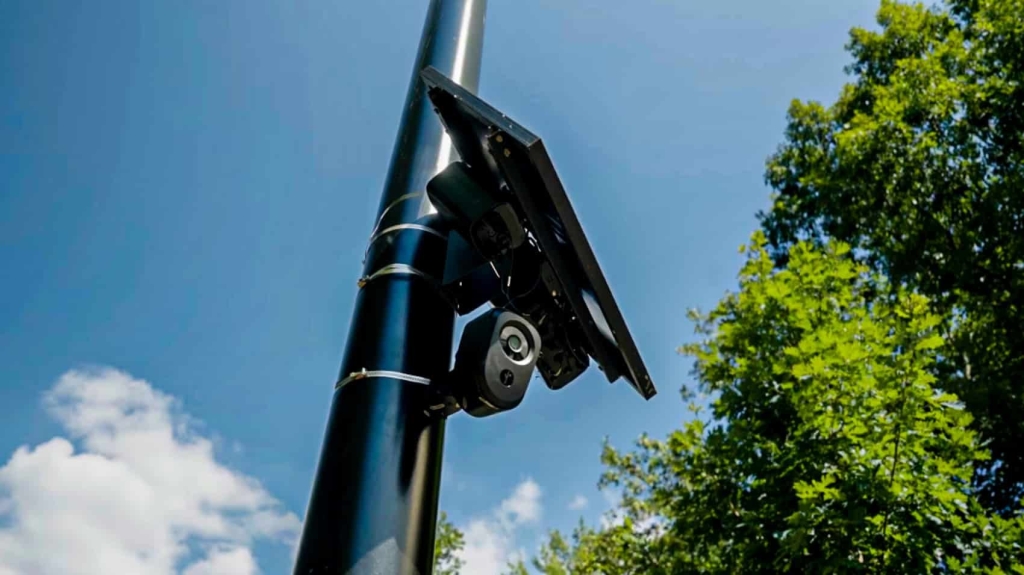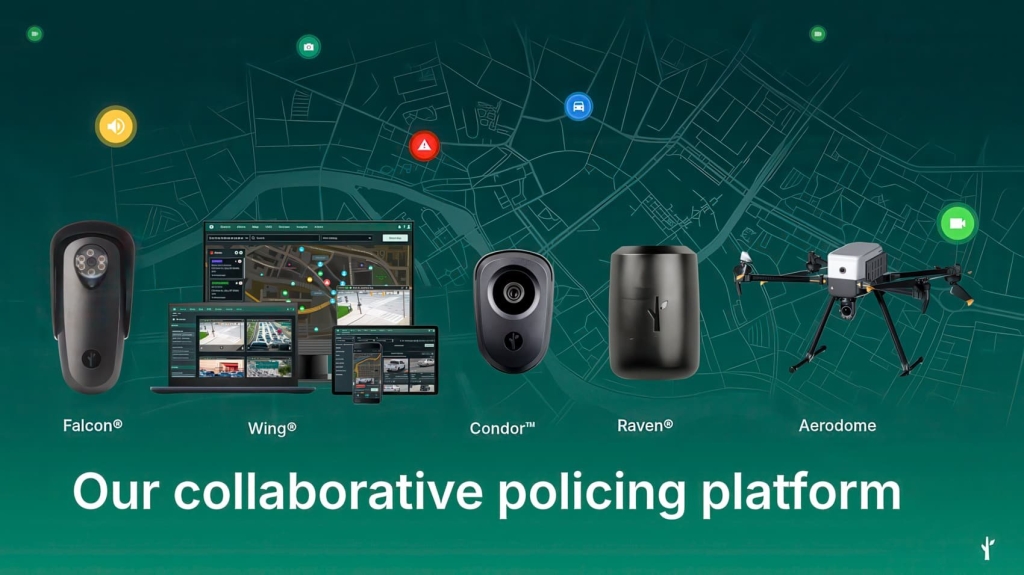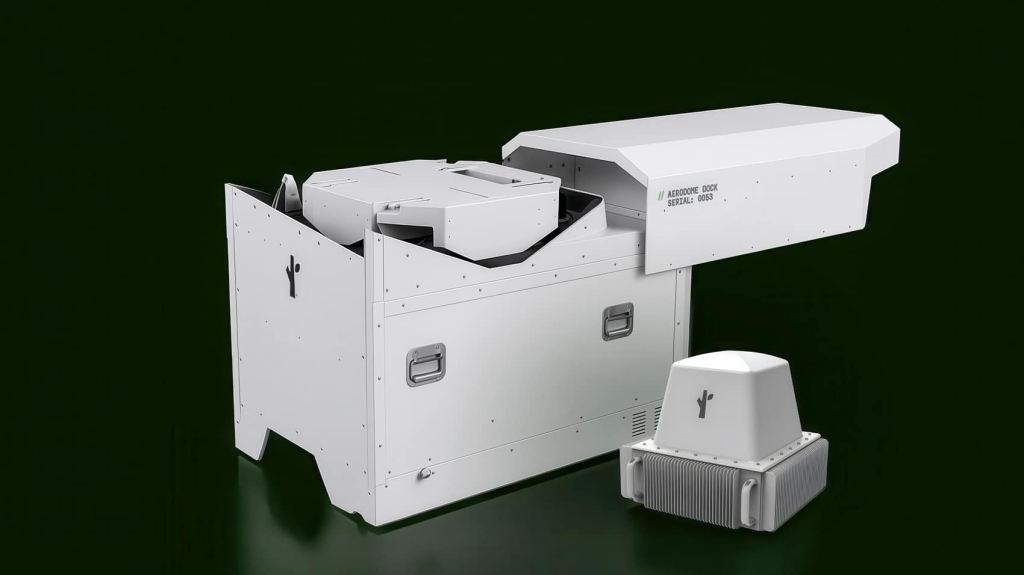Police Drones May Soon Scan License Plates From The Sky

Amazon DEALS: DJI Mini 4K now $249 (-17%) and DJI Osmo Action 4 drops to $249!
A disturbing new report from the Electronic Frontier Foundation (EFF) has revealed the next frontier in police surveillance: drones equipped with automated license plate readers (ALPRs). Tech companies like Flock Safety are actively developing and pitching these systems to law enforcement, creating a powerful new tool that can track the movements of citizens from the air without a warrant.

This fusion of drone technology with mass data collection is raising major alarms from privacy advocates. It’s a development that transforms the drone from a responsive tool for emergencies into a proactive instrument of mass surveillance, and it’s a conversation we all need to be having.
The “Aerodome”: A Flying ALPR
The system at the heart of this controversy is Flock Safety’s “Aerodome.” According to a pitch deck uncovered by the EFF, the company is marketing a drone with a built-in ALPR system, designed to integrate seamlessly with the “Drone as First Responder” (DFR) programs that are popping up in cities across the country.
Here’s how it works: a police drone is launched in response to a 911 call. As it flies to the scene, its ALPR system automatically scans the license plate of every single car it passes. It doesn’t just read the plate; it logs the car’s make, model, color, and even unique features like dents or stickers.
All of this data is then uploaded to Flock’s servers, where it can be stored and shared with a nationwide network of law enforcement agencies, including federal bodies like ICE.
A Privacy Nightmare in the Making
The EFF calls this a “runaway surveillance” risk, and it’s easy to see why. Traditional, fixed ALPR cameras on poles can only see one street. A drone can fly over entire neighborhoods, peering over fences and into backyards, creating a detailed and permanent record of a community’s movements.

This data can be used to map out a person’s entire routine—where they work, where they shop, where their kids go to school, which doctor they visit—all without a warrant or any suspicion of wrongdoing. The potential for this data to be misused or to lead to wrongful stops due to the known error rates in ALPR systems is immense.
This isn’t a distant, sci-fi threat. The number of DFR programs is exploding, with the FAA granting over 400 waivers for these types of operations since May alone. Companies like Flock, Axon, and Motorola are aggressively pushing this technology to police departments, seeing it as a massive new market.
The Need for Transparency and Debate
One of the most concerning aspects of this development is the lack of public debate. The EFF warns that many police departments might purchase these drone systems without even realizing the full extent of their surveillance capabilities, or without having a clear and transparent policy for how this data will be used and shared.
It falls on communities to demand answers and to push for clear rules that prevent these tools from being used for warrantless mass surveillance. The power of this technology requires a new level of public oversight and accountability.
DroneXL’s Take
This is the kind of story that gives me a knot in my stomach. As a professional who uses drones as a tool for creativity and problem-solving, the idea of turning them into an instrument for warrantless, mass surveillance is a profound betrayal of their potential.
“Real talk,” the argument that this is just for responding to active calls is a very slippery slope. The drone is still collecting data on countless innocent people just to get to that one call. Where is that data stored? Who has access to it? For how long? These are the critical questions that are not being adequately answered.
The fusion of DFR programs with ALPR technology is a perfect storm for privacy advocates. It combines the mobility and perspective of a drone with the indiscriminate data collection of an ALPR. It’s a tool that is ripe for abuse.
This is a moment for the entire drone community to stand up and make our voices heard. We must advocate for policies that draw a clear, bright line between using drones for a targeted, legitimate public safety mission—like finding a missing person or providing overwatch at a fire—and using them for dragnet surveillance. If we don’t, we risk allowing our technology to become the symbol of a surveillance state, and that’s a future that none of us should want.
Photo credit: Flock Safety
